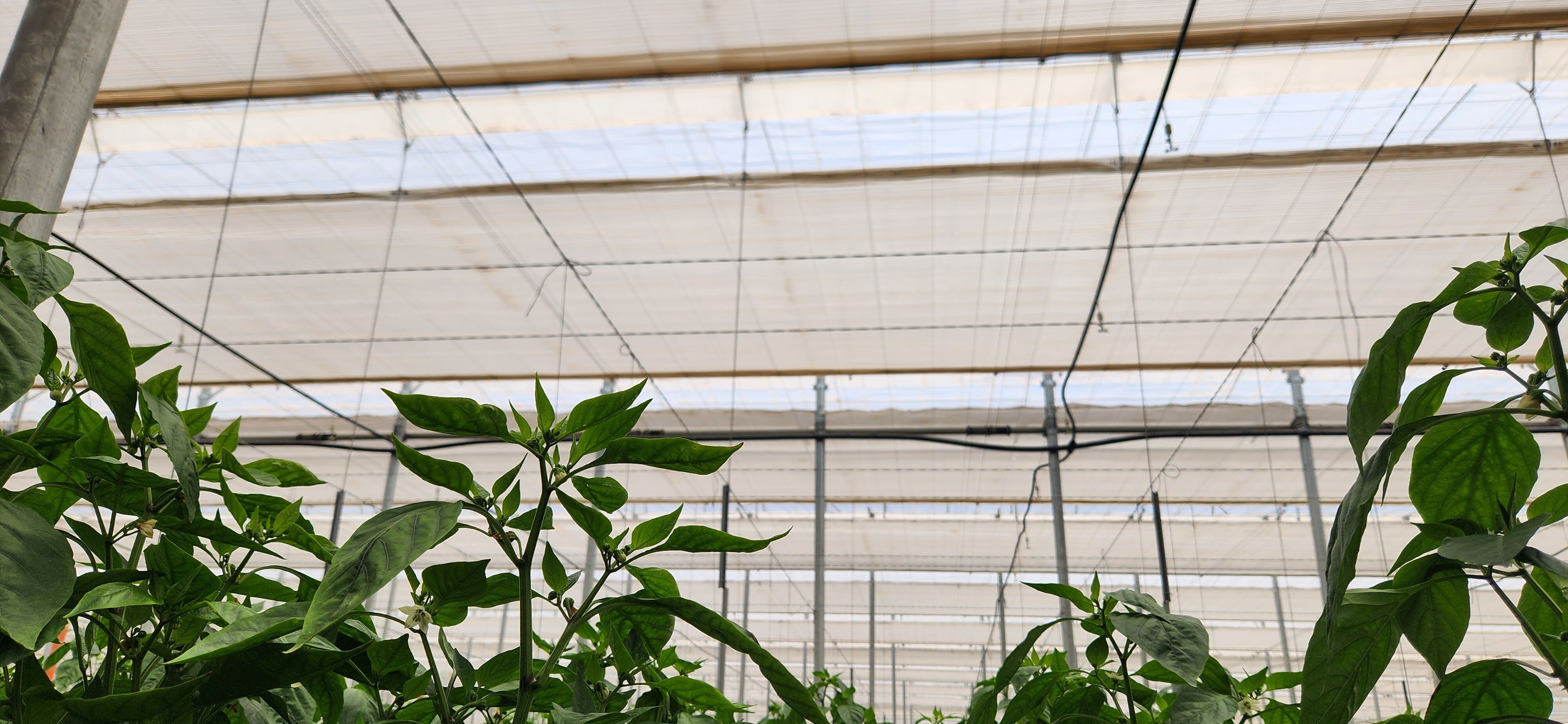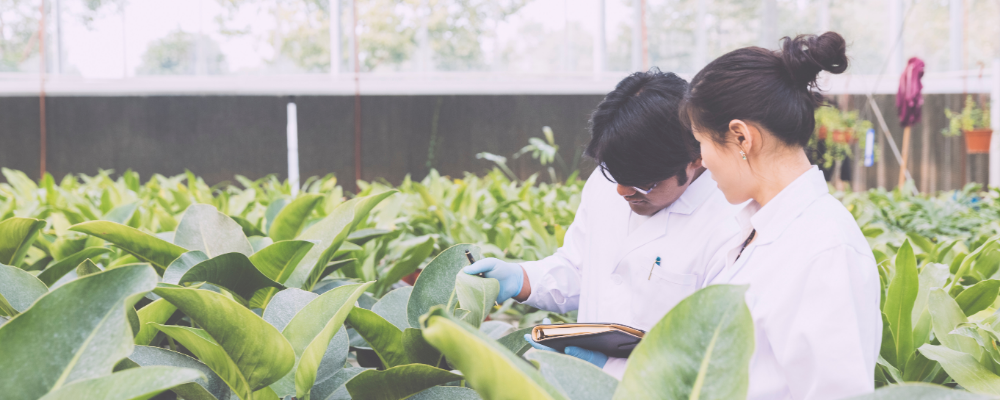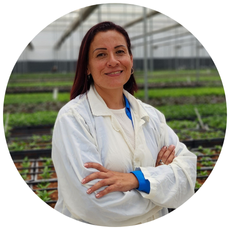
What if you know your warmzone climate, but you change to a new pepper crop?

Why show up at greenhouses in Almeria with all my gadgets? The grower’s know the outdoor climate after all. What’s the point in gathering that data again with a bag of tricks you’d struggle to get an export license for (there’s some serious tech in there)?
Well, growers generally do know their local climate. Yes, the climate is changing. And, yes, growers are experiencing new extreme weather events. But even so, they tend to see in the forecast what’s coming. They tend to know their own patch.
But other things—like the growers' own situations—do change. And sometimes, not gradually, but in steps.
 Figure 1 Enrique Pena planted the new crop on 2 February this year and he says he feels like it was worth the care we took to test for radiation and heat stress before committing to a particular diffusion screen
Figure 1 Enrique Pena planted the new crop on 2 February this year and he says he feels like it was worth the care we took to test for radiation and heat stress before committing to a particular diffusion screen
This year, I’ve been working with Enrique Peña who grows in the sea of plastic in Almeria. The change in Enrique’s situation is the decision to plant a new crop (peppers) and to pursue the highest and most consistent quality. Enrique wants to use both the favorable warmth, but also technology to achieve this.
Peppers tend to want temperatures of 20 to 30 °C during the day and 16 to 20 °C at night.
Like any grower in the basin, Enrique has to contend with a summer climate that is about as warm as it gets in the EU. We’ll see a range of 30 to 40 °C during the peak of summer (dropping to perhaps 23 °C or so at night).
But if, like Enrique, you’ve built your operation on the last square meters of land before the Alboran Sea, then you’re definitely interested in using the winter months.
Then you can do what your competitors in northern France, the Netherlands and Benelux can’t do. You can use the relatively favorable winter climate to your advantage to get winter harvests into more sparsely supplied northern markets. Winters here, well, you’re talking about 15 to 20 °C by day and 7 to 10 °C by night.
You can already see that if you’re wanting consistent quality and production, then you need to moderate those peaks and shore up the temperatures when things get colder. It really helps to understand some of the science of night-time heat loss, and if you’re interested we have a detailed guide on that here.
Having to choose the right climate screen that can keep a pepper crop warm at night, but also protect it from those heat peaks, means I want my gadgets.



The radiometer lets me know exactly how much sun the crop is exposed to. This is expressed as energy and we’re talking watts per square meter. I get to see what amount of radiation is making it through the greenhouse roof.
The thermal camera shows me something else. If we’re testing during the summer months, the amount of stress the plants are experiencing is right there in technicolor. The screen should not only reduce the amount of light hitting the top of the canopy when it’s hot out, but also break up that light, so a homogenous, diffuse light will hit the canopy from all angles, enabling the energy to reach deep inside the foliage.

If you’re interested in the screen Enrique went with, then check out this article we wrote. He told me that since installing a diffusing Svensson screen, he’s seen faster fruit growth, more production, has not used whitewash, has healthier plants and the kind of quality he’s after. It’s been about seven months now since his pepper crop went in.
“It’s been a really good improvement,” Enrique told me, “with the screen the right amount of radiation enters to reach the plants.”
Related articles

Once in a century heatwave forces Eastern Chinese growers to review shade strategy
Growers with greenhouse equipment from 10-20 years ago, and even growers with the latest high-tech Dutch semi-closed greenhouses, are having to..

When every petal has to shine on a single (Mothers) day
Colombia successfully delivers another Mother's Day harvest Were you involved in the huge effort to get flowers to mothers all over the Americas this..
